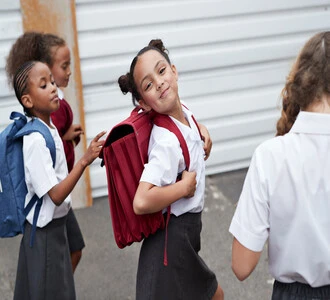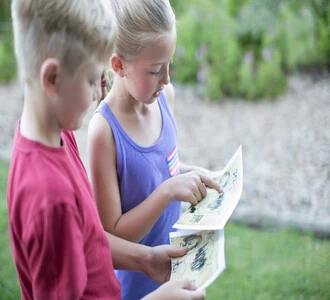Transcription Imagination and creativity of people with dyslexia
Dyslexia, a learning disorder that affects the acquisition of reading and writing skills, has historically been associated with academic challenges. However, this limited focus ignores the vast creative potential and exceptional imagination that often characterize individuals with dyslexia.
In this session, we will explore the connection between dyslexia, imagination, and creativity, challenging stereotypes and highlighting the unique strengths that can emerge in individuals with this disorder.
Dyslexia Beyond Academic Challenges
Dyslexia is not limited to difficulties in reading and writing; it also influences the perception, processing, and expression of ideas. Although individuals with dyslexia may face obstacles in traditional academic settings, these difficulties should not overshadow the exceptional abilities they often possess in creative areas.
Numerous studies and testimonies highlight the boundless imagination that characterizes people with dyslexia. The connection between dyslexia and creativity has been the subject of research, and in many cases, it has been observed that the minds of individuals with dyslexia work uniquely, fostering the generation of original ideas and creative associations.
Non-Linear Processing
Dyslexia is often associated with non-linear processing of information. While in conventional educational environments this can present challenges, in the creative realm it can translate into a unique ability to connect seemingly disparate ideas, giving rise to innovative approaches and creative solutions.
Many people with dyslexia show exceptional skills in the visual and spatial domains. The ability to visualize and mentally manipulate objects in three dimensions translates into artistic talents, graphic design, and abstract thinking, areas in which individuals with dyslexia can excel.
Holistic Thinking
Holistic thinking, characterized by the ability to see the big picture rather than focusing on specific details, is another facet of dyslexia that contributes to creativity. This broad perspective allows people with dyslexia to make meaningful connections and think outside established conventions.
The relationship between dyslexia and narrative is intriguing. Many individuals with dyslexia show a natural inclination towards storytelling and the creation of imaginary worlds. The richness of narrative is an artistic expression that flourishes in individuals with this condition.
Strengths in the Arts
The arts, including music, theater, painting, and creative writing, often serve as fertile ground for the strengths of people with dyslexia. The ability to express emotions unconventionally and break creative barriers are prominent aspects of their artistic talent.
The creativity of individuals with dyslexia extends beyond the arts and encompasses problem-solving in various areas. The ability to approach challenges from unexpected angles and propose innovative solutions is a strength that manifests in the professional and personal spheres.
Challenges Overcome with Creativity
Creativity also plays a fundamental role in overcoming the challenges associated with dyslexia. Finding alternative learning methods, developing compensatory strategies, and adapting to unconventional environments are manifestations of the creativity that drives individuals with dyslexia to overcome obstacles.
It is essential for society to recognize and support the creative strengths of people with dyslexia. Challenging stereotypes and valuing the diversity of skills and talents contributes to creating an environment in which individuals with dyslexia can flourish and contribute significantly.
Education and Fostering Creativity
In the educational field, it is crucial to foster the creativity of individuals with dyslexia. This implies:
- Flexibility in Assessment Methods: Offering assessment methods that allow for creative expression and are not limited by traditional evaluation conventions.
- Support for Creative Projects: Facilitating the development of creative projects that allow students with dyslexia to demonstrate their unique abilities.
- Promotion of Inclusive Environments: Creating inclusive learning environments that value the diversity of skills and approaches, fostering creativity in all areas.
Celebration of the Diversity of Talents
Instead of focusing exclusively on academic challenges, society should celebrate the diversity of talents and skills that people with dyslexia bring. This not only contributes to greater inclusion but also enriches creativity and innovation in all fields.
imagination creativity people dyslexia



